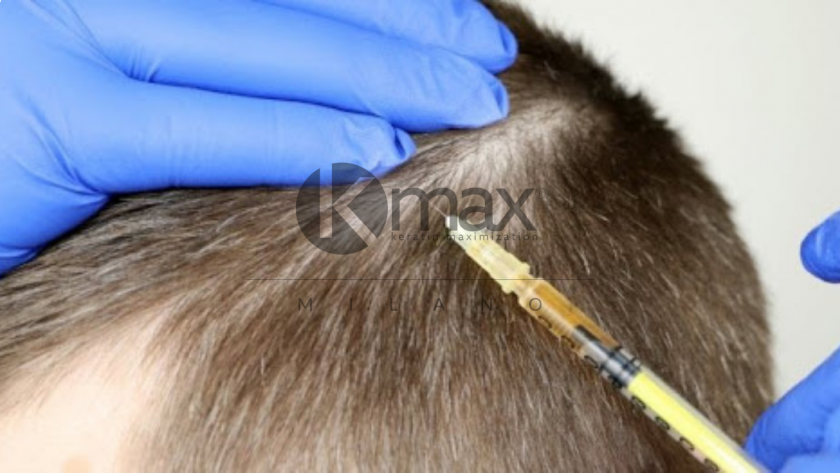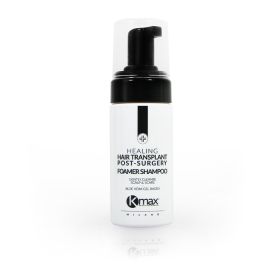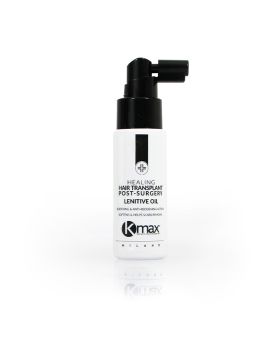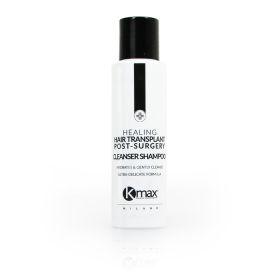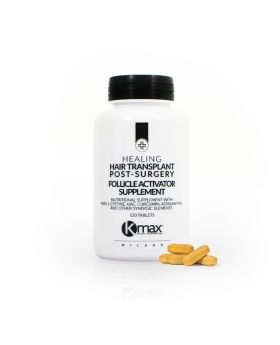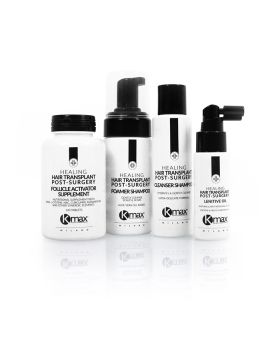Hair transplant: what happens next?
Hair transplant: what happens next?
Hair transplantation is one of the possible solutions when facing the fight against androgenetic baldness. But, what happens after the surgery? How do you take care of your hair? How soon are the results visible? Let's see it together with the surgeon Piero Tesauro.
Hair Transplant: a meticulous surgical operation
Also referred to as an autotransplant or follicular transplant, hair transplantation is a surgical operation that you choose to undergo when you suffer from androgenic baldness. It is an operation that involves the transfer of follicular units (UF) to fill the thinning areas of the scalp. Hair transplantation is a meticulous operation that requires precise preparation of the patient, an accurate intervention and a high-level staff.
The phases of the intervention
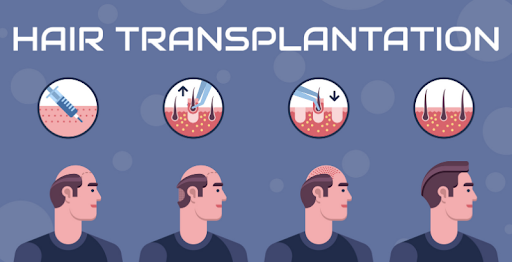
In collaboration with dr. Piero Tesauro, a doctor specialized in Aesthetic and Reconstructive Surgery, we have briefly retraced all the phases that distinguish a hair transplant operation.
- Phase 1 - Planning: the hair transplant must be carefully planned through a graphic design tailored to the patient;
- Phase 2 - Anesthesia: avoids the hassles of surgery and represents a guarantee for the patient;
- Phase 3 - The removal: involves the removal of a lozenge (rhomboid-shaped piece of skin) of the scalp from the occipital region, the bulbs of which will be miniaturized;
- Phase 4 - Micrografts: the grafts are selected on the basis of the anatomical units, so as to transfer the hair with a greater naturalness and success rate;
- Phase 5 - Microholes: in the areas affected by baldness, small incisions are made in which the grafts will be inserted;
- Phase 6 - The implant: this is the phase in which the grafts are positioned with extreme precision, patience and skill;
- Phase 7 - The treatment: the choice to put the bandage on or not is related to the type of intervention, but in principle not carrying out a complete bandage helps the patient to return to his daily life as soon as possible;
- Phase 8 - Post-operative: the patient is prescribed specific therapy to limit the risk of infections following hair transplantation.
In order for hair transplantation to bring about the desired results, not only the surgical preparation and professionalism of the operating surgeon are essential. It is equally essential to build an appropriate collaborative relationship between doctor and patient. This is because, despite the surgeon carrying out the most substantial part of the surgery, the patient has the duty to meticulously carry out the last step: the post-operative. And it is precisely in this phase that we have decided to turn our attention.
Hair Transplant: the post-operative
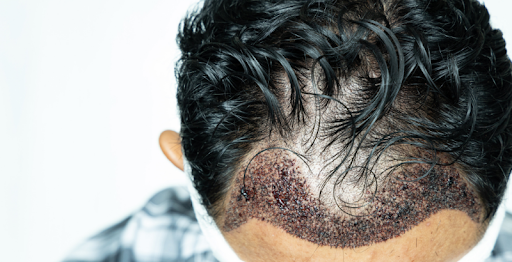
Very often, the post-operative phase is perceived by the patient with a lot of restlessness and anxiety. There are many questions that hover in the mind of those who have just undergone a hair transplant: "Will it hurt afterwards?", "How evident will the signs of the operation be?" "How soon are the results seen?".
It is worth starting to reassure the patient by saying that innovative and modern techniques have minimized post-operative trauma. Thanks to the collagen sheets, in fact, the formation of small scrubs around the grafts has significantly decreased and with the naked eye it is almost impossible to see the signs of the autotransplant operation. However, it is essential that the patient takes the right initial precautions and scrupulously follows the therapy assigned to him by the surgeon.
Post-transplant hair: 2 mandatory precautions
There are two precautions that Dr. Piero Tesauro advises those who have just performed a hair transplant: avoid exposure to the sun and dust.
Let's start with the first. Exposure to sunlight causes tanning of the body, including the scalp. Therefore, sunbathing during the healing period of the incisions or in the following two months implies that they take on a darker shade of color, even after the tan has passed.

The second exposure to avoid, however, is that to dust. It is important that the latter do not reach the tissue still in the healing phase. For this reason, it is recommended, at least for the two weeks following the hair transplant, to avoid leaving the scalp uncovered if you are dealing with environments rich in dust.
Whether it is exposure to the sun or the dust of the surrounding environment, it is possible to take the right precautions by wearing a baseball hat or flat cap. By doing so, the scalp and the grafts will remain protected from external agents.
Hair transplant therapy and products
The therapy prescribed in the post-operative phase aims to prevent the risk of infections, redness and slight swelling that may occur in the days following the autotransplant. Specific cleansers and soothing oils are indispensable in this delicate phase, in which, on the one hand, it is necessary to stimulate the rooting of the newly implanted follicular units and, on the other, to avoid any type of infection.

Each patient faces the delicate post-operative phase in a different way. However, there are steps that anyone who has undergone an intervention of this type finds himself experiencing. Hence the need on the part of the best surgeons to create a set of products that could contain what a patient needs from the moment he leaves the operating room. Kmax Healing Hair Transplant Post-Surgery Kit has been designed precisely for this: to take care of the hair and scalp after the transplant in a way that is as gentle as it is effective.
Ideal post-transplant treatment: a concrete example
Designed thanks to the combination of surgery and cosmetics, the Kmax kit stands out for its ability to provide the patient with a complete post-operative therapy. Specifically, Kmax Healing Hair Transplant Post-Surgery Kit offers four types of products that can be used in synergy or individually (depending on what is prescribed by your surgeon).
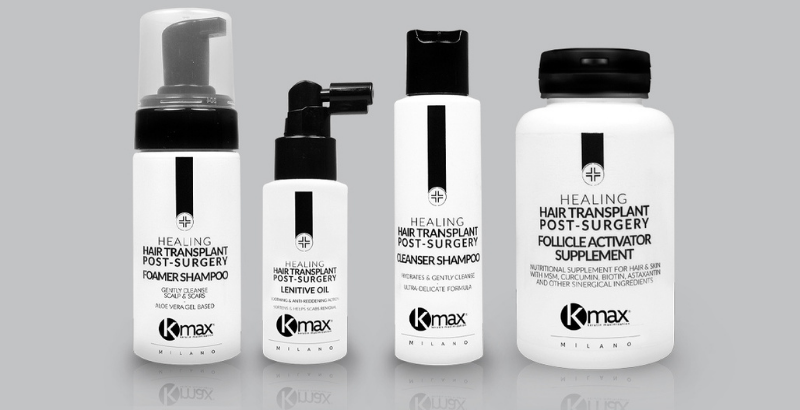
The first product you need is lenitive oil. Thanks to its anti-inflammatory action, in fact, it gives immediate relief and reduces redness in the areas where the follicular units have been implanted. Follicle Activator Supplement, on the other hand, is a hair supplement that is characterized by a double soothing and stimulating action towards new hair.
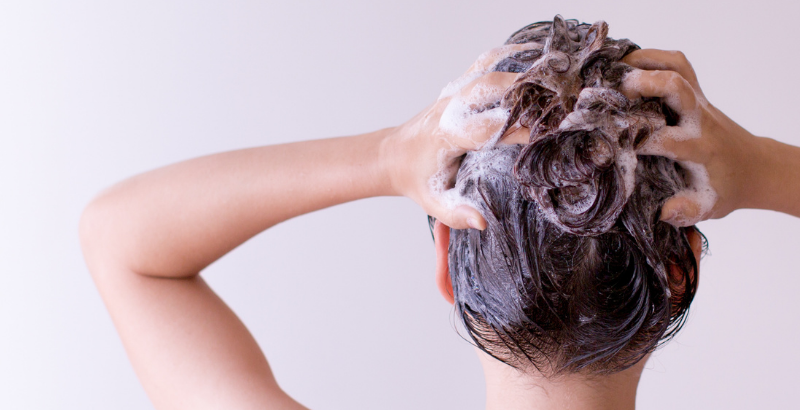
Finally, there are two detergents: Kmax Foamer Shampoo and Kmax Cleanser Shampoo. Both ultra-delicate and aloe vera-based, they are used in two different moments of the post-transplant phase. In fact, it is recommended to use the foaming detergent in the first few days, while only afterwards the use of Kmax Cleanser Shampoo.
After the hair transplant: the results
When a hair transplant is performed, as Dr. Piero Tesauro, it is important not to be in a hurry to see the result immediately. In fact, hair is asynchronous organs, that is, it has an out of phase growth cycle compared to other animals.
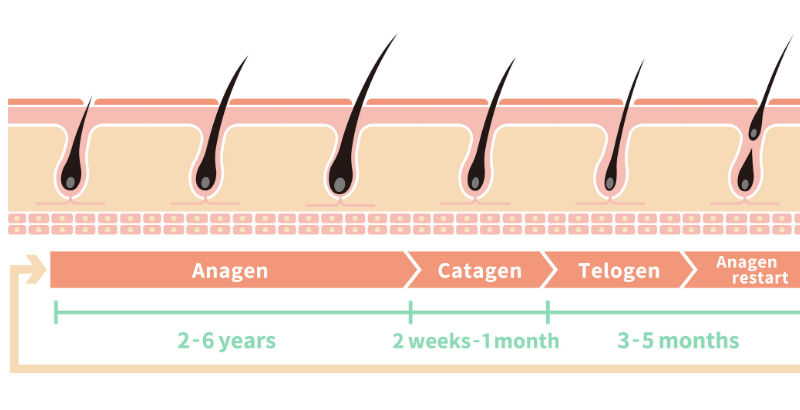
Hence, newly transplanted hair doesn’t grow immediately after ten weeks have passed. It is good, in fact, to consider a longer period: between ten and sixteen weeks. In general, you shouldn't expect the results of your transplant before the sixth month. The final results, if the hair transplant and post-operative therapy have been meticulously approached, tend to improve both in quality and density up to one year after the autotransplant operation.
Stay up on the date!
Ceremony coming up? Discover the 5 must haves
for a perfect DIY hairstyle!


